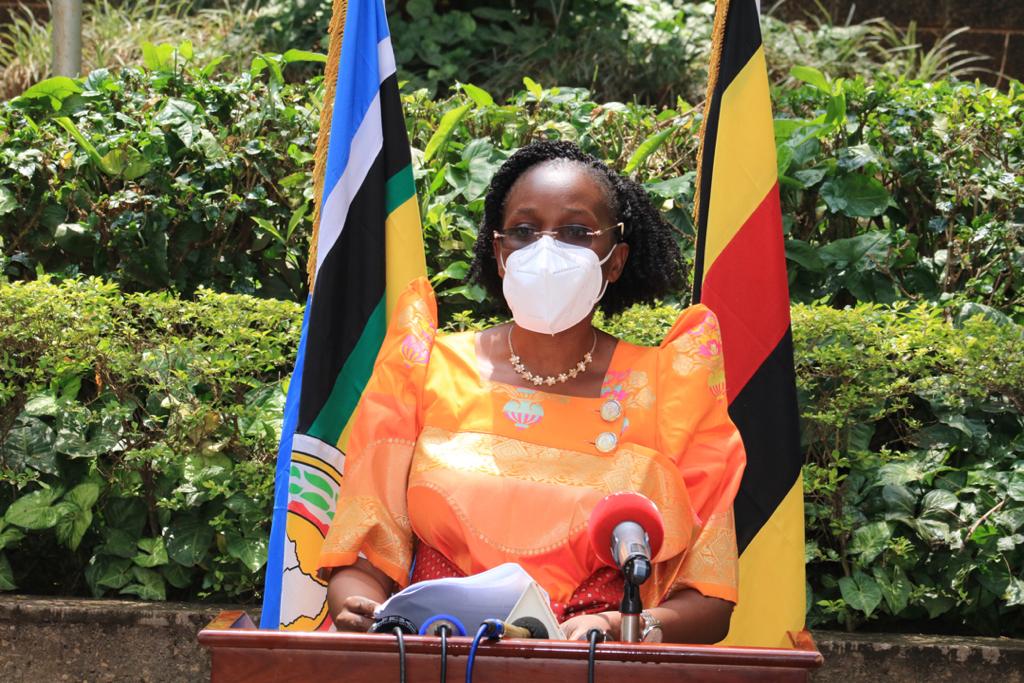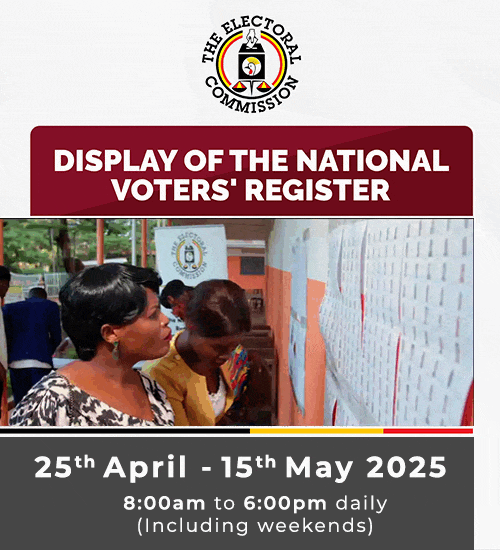
The Ministry of Lands, Housing, and Urban Development has released a detailed update on the implementation of the National Resistance Movement (NRM) manifesto commitments, highlighting significant progress in land ownership reforms, urban planning, and affordable housing.
Land Reform Milestones
One of the key achievements reported is the government’s effort to address historical land disputes through the Land Fund. The Uganda Land Commission has secured 126,995 hectares of land from absentee landlords across Buganda, Bunyoro, Toro, and Ankole, benefiting lawful occupants. Additionally, 11,819 land titles have been processed, with 6,000 more in progress for residents in Kagadi and Kakumiro.
The Ministry has also intensified efforts to formalize land ownership by issuing 90,000 Certificates of Customary Ownership (CCOs) and forming 903 Communal Land Associations to help communities manage communal land rights. Further, 964 fraudulent land titles have been canceled as part of efforts to clean up the national land registry.
To modernize land administration, the government has launched the Uganda National Land Information System (UgNLIS) public portal, allowing Ugandans, including those in the diaspora, to access land information and conduct instant searches.
Housing and Urban Development
In the housing sector, the Ministry has focused on improving access to decent and affordable housing. It has facilitated the formation of housing savings groups in urban areas and distributed prototype house plans to districts to encourage standardized home construction.
The report also highlighted ongoing efforts to reduce the cost of building materials by developing an integrated housing innovation center. Meanwhile, the National Housing and Construction Corporation has been recapitalized with UGX 30 billion, though an additional UGX 88 billion is still needed.
The Housing Finance Bank is expanding mortgage access, offering over 10,000 affordable mortgages annually, particularly targeting low-income earners such as market vendors, boda boda riders, and taxi drivers.
Infrastructure and Urban Planning
The Ministry has undertaken significant urban planning initiatives, particularly in refugee-hosting districts. In 2024, 408 kilometers of community access roads were improved, alongside the construction of six bridges, 213 solar streetlights, and multiple drainage projects to enhance mobility and safety in eight districts.
Physical development plans have been prepared for 13 municipalities and 568 parishes, guiding orderly urban growth. Efforts to curb land fragmentation and urban sprawl are also underway, with the government enforcing new land use policies.
Challenges and Future Plans
Despite these advancements, challenges remain, including land evictions, encroachment on government land, increasing slums, and housing deficits. The Ministry has called for increased funding and stronger enforcement of physical planning laws to address these issues.
Going forward, the government aims to scale up titling government land—starting with schools and health centers—and strengthen collaboration with agencies like the Judiciary and Police to curb illegal land evictions.
Conclusion
While the Ministry has made significant strides in land reforms, housing, and urban development, it acknowledges that more work remains. The government’s continued commitment to resolving land disputes, expanding affordable housing, and improving urban infrastructure is crucial for national development.

